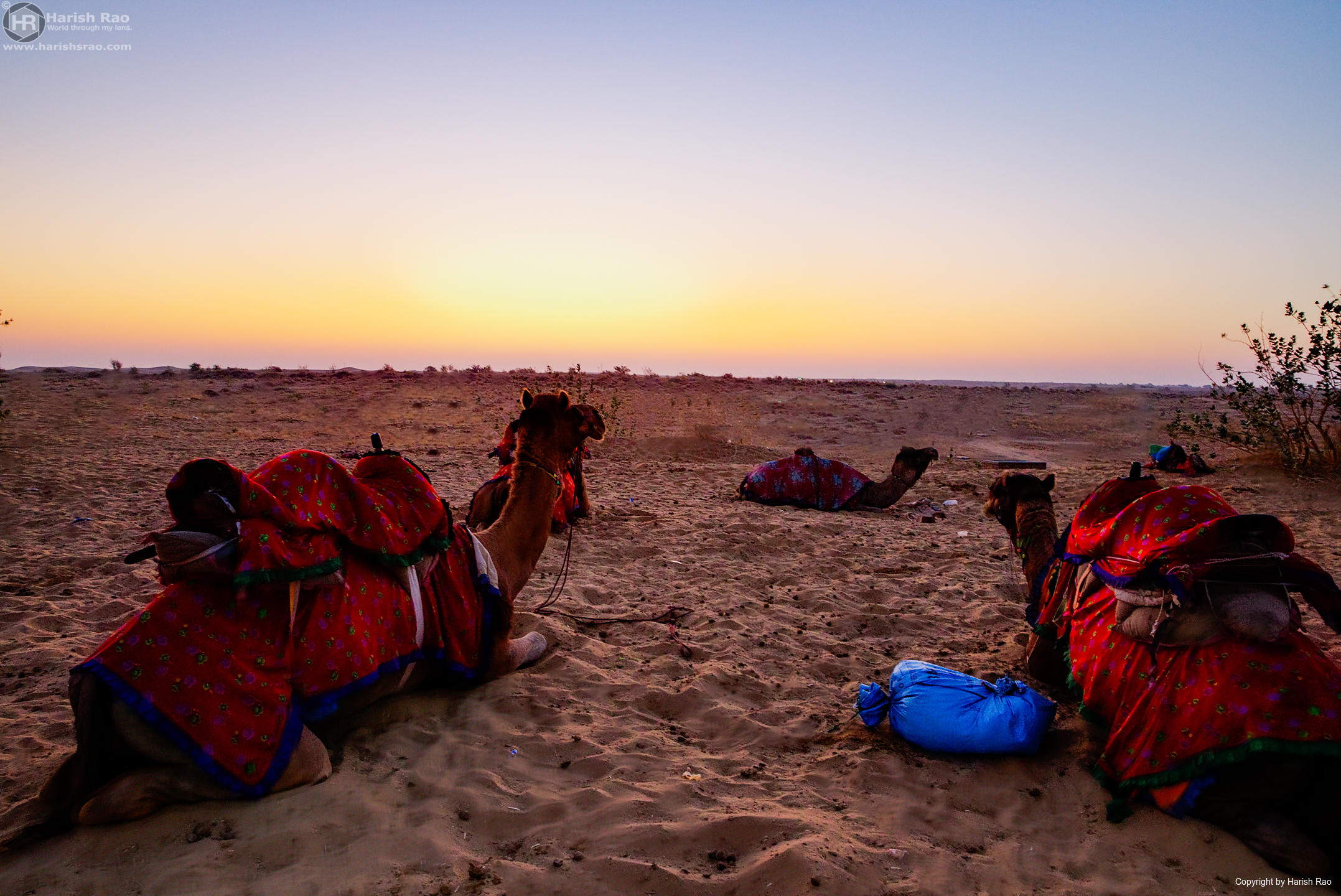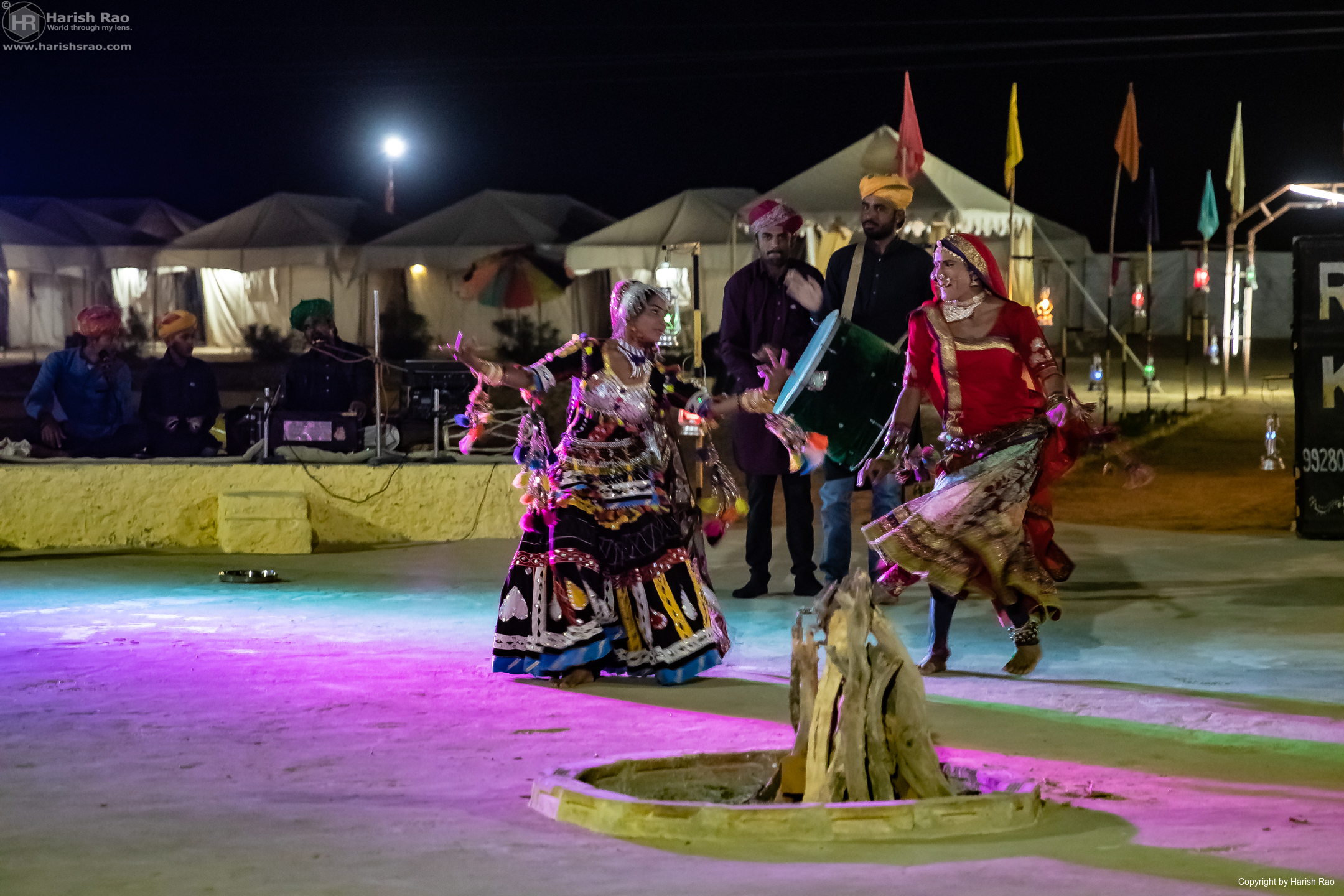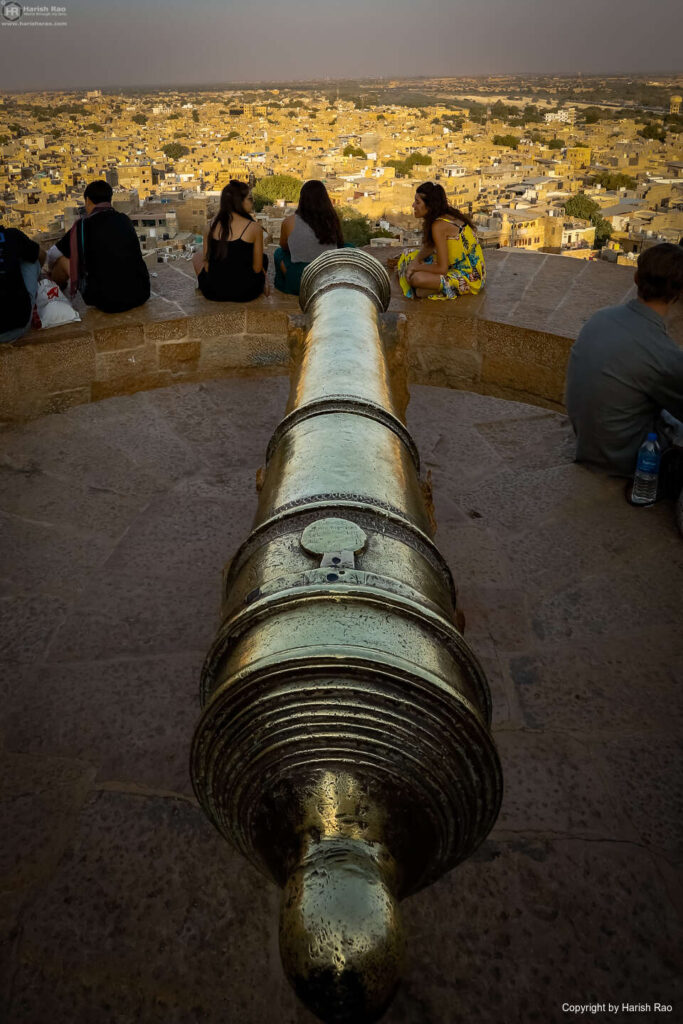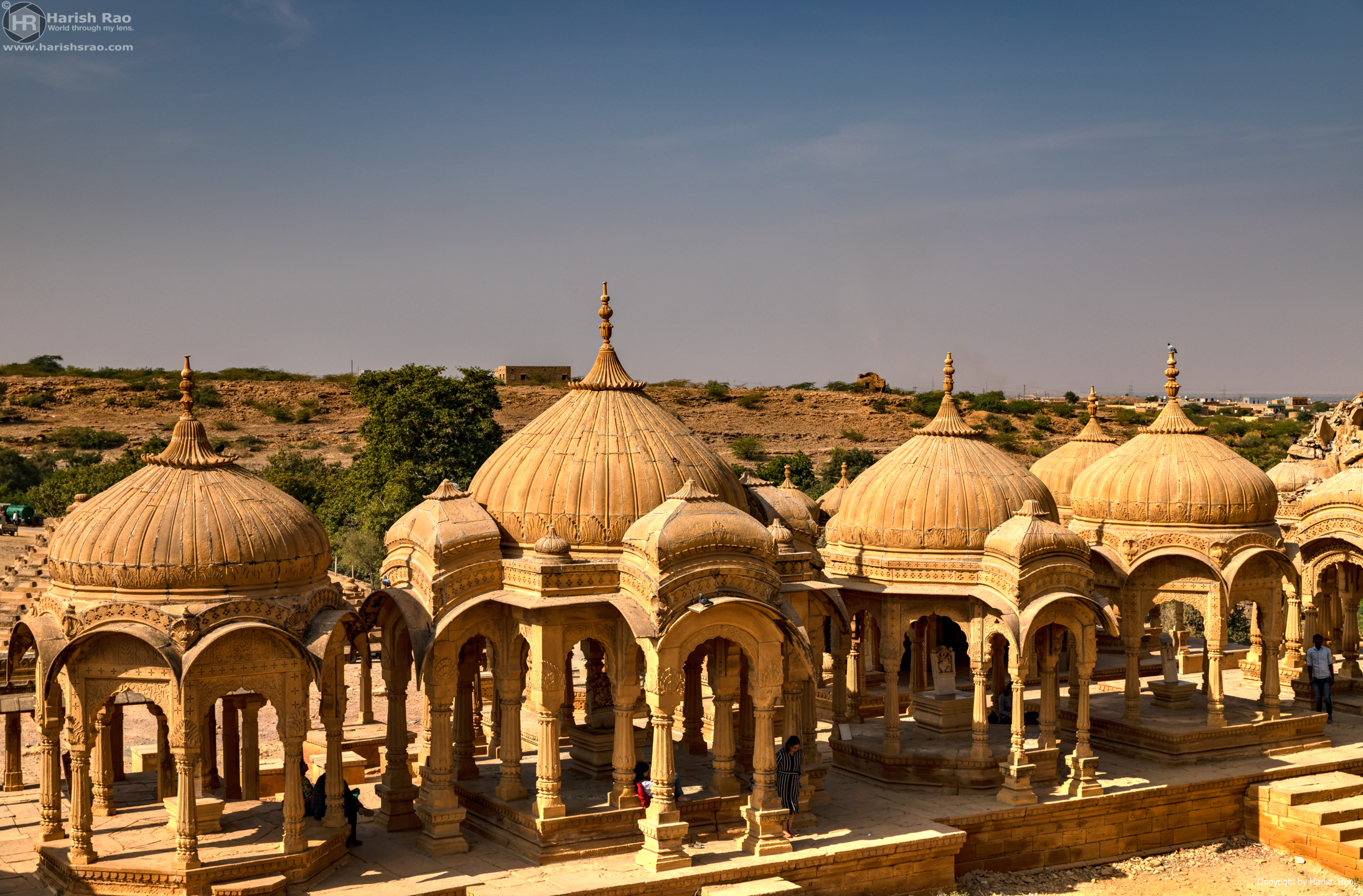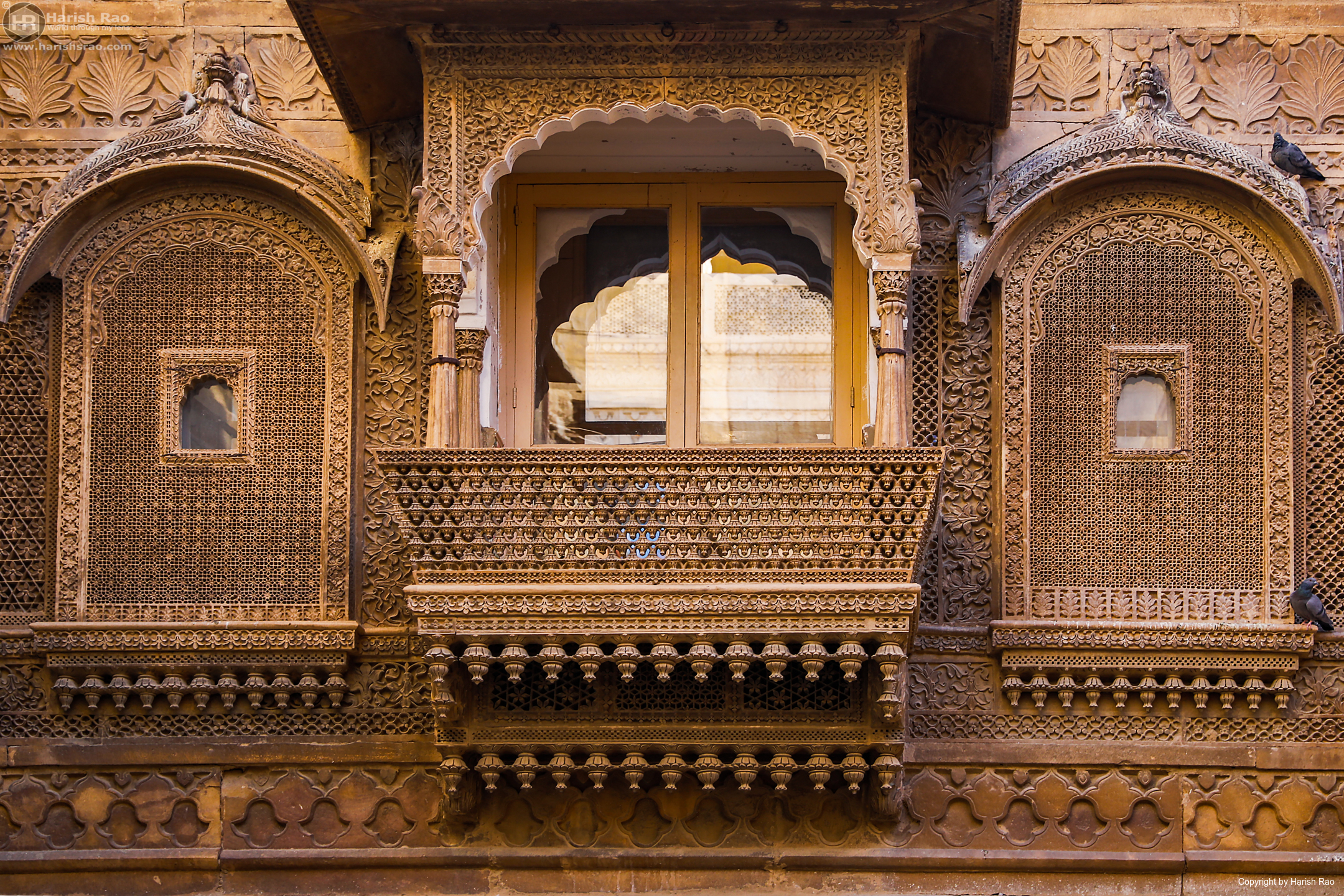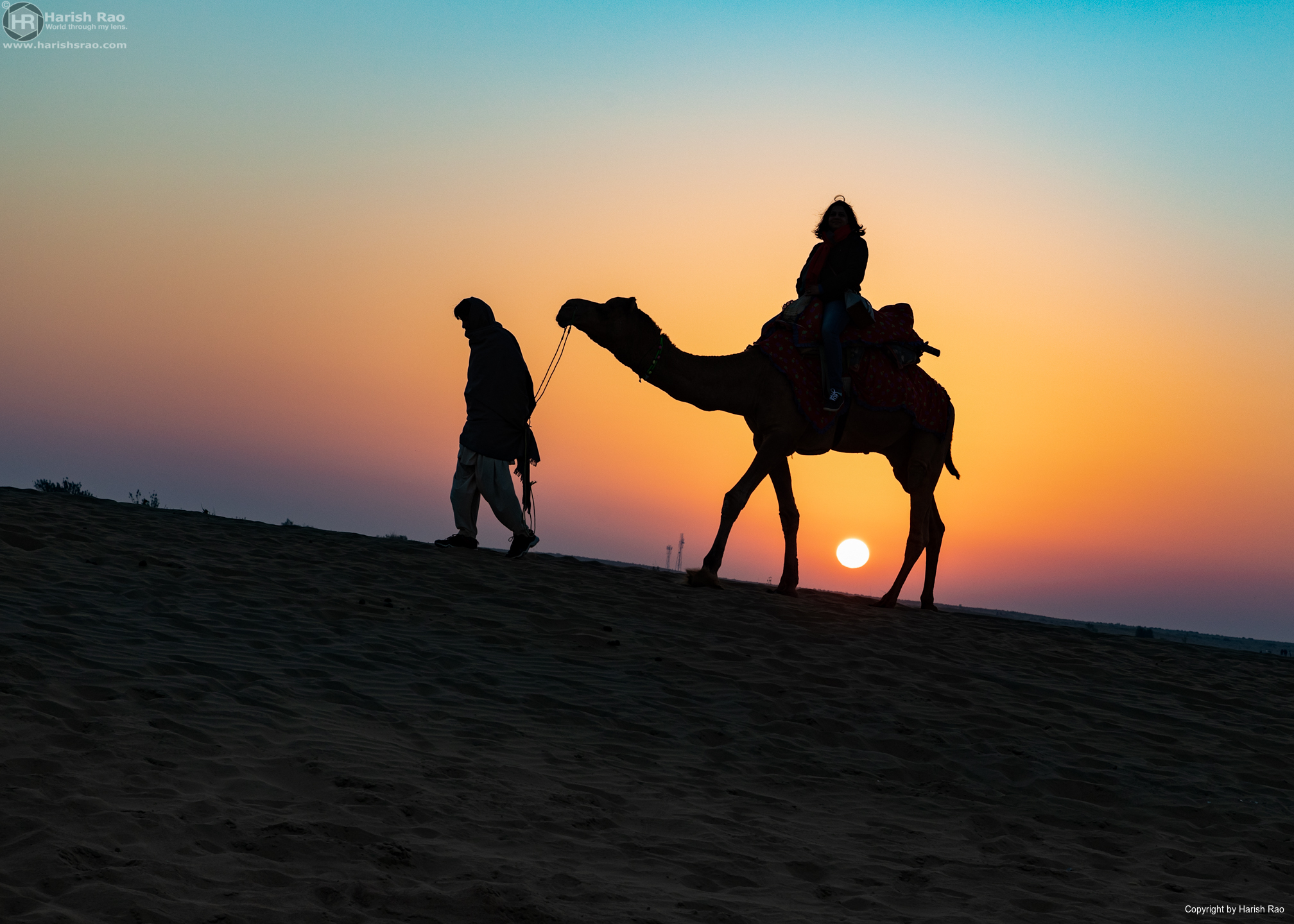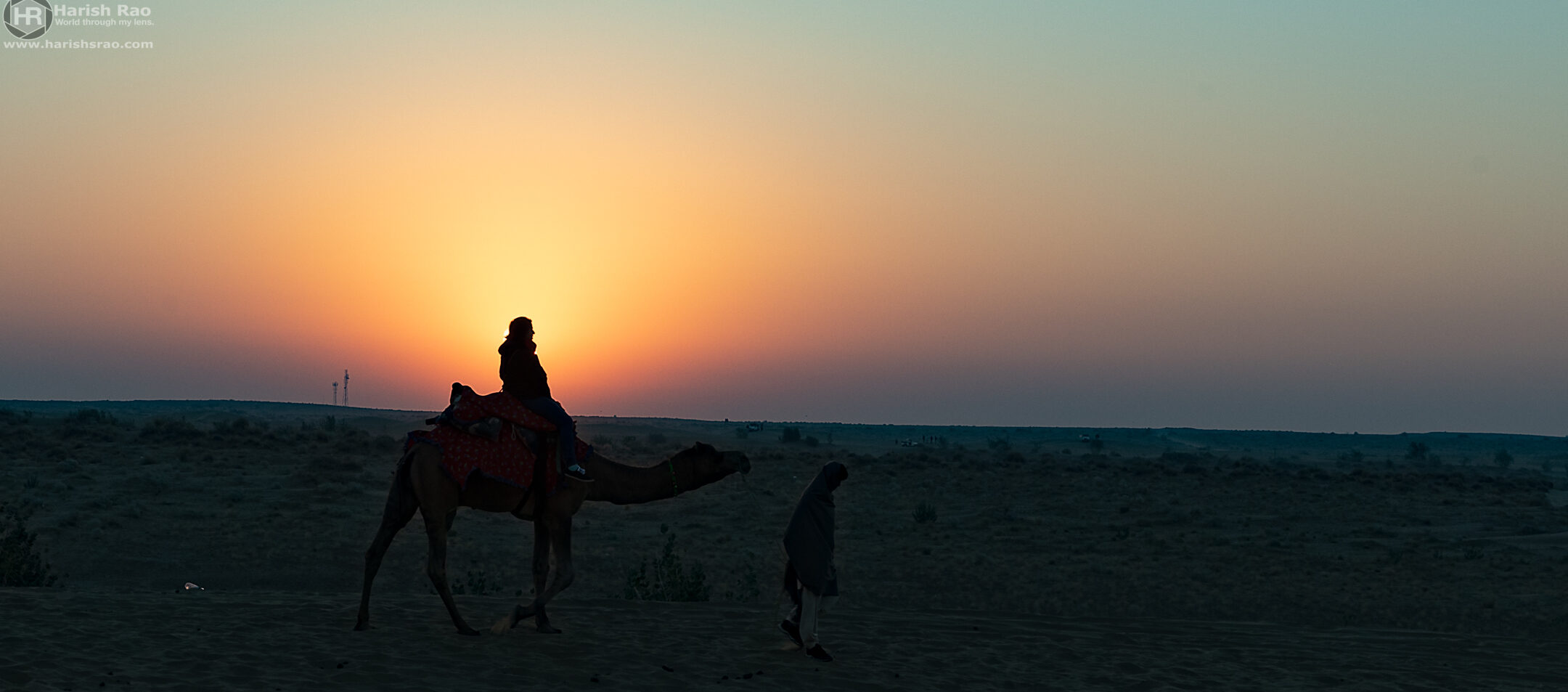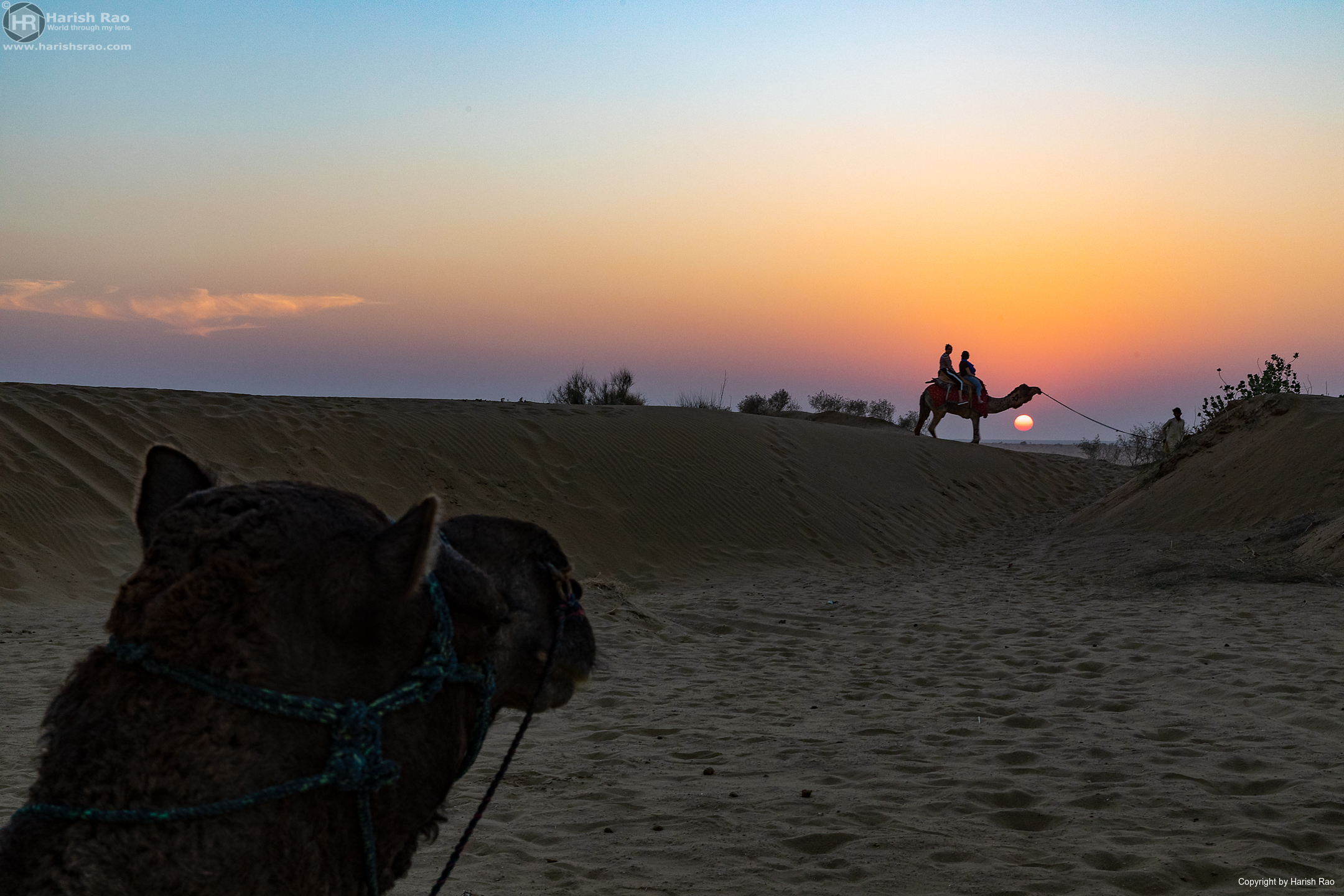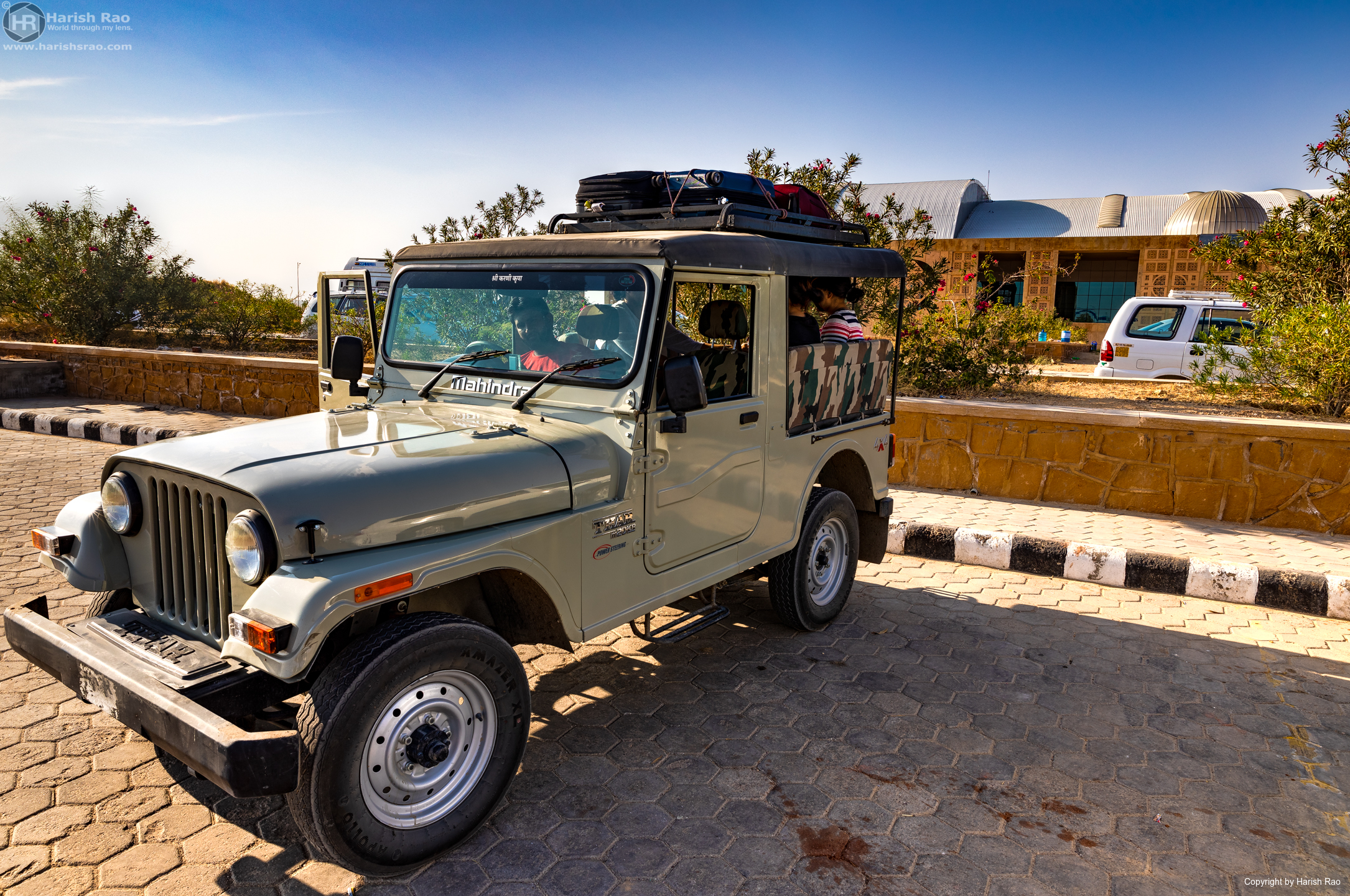
Discover Jaisalmer: The golden city of sand & dust.
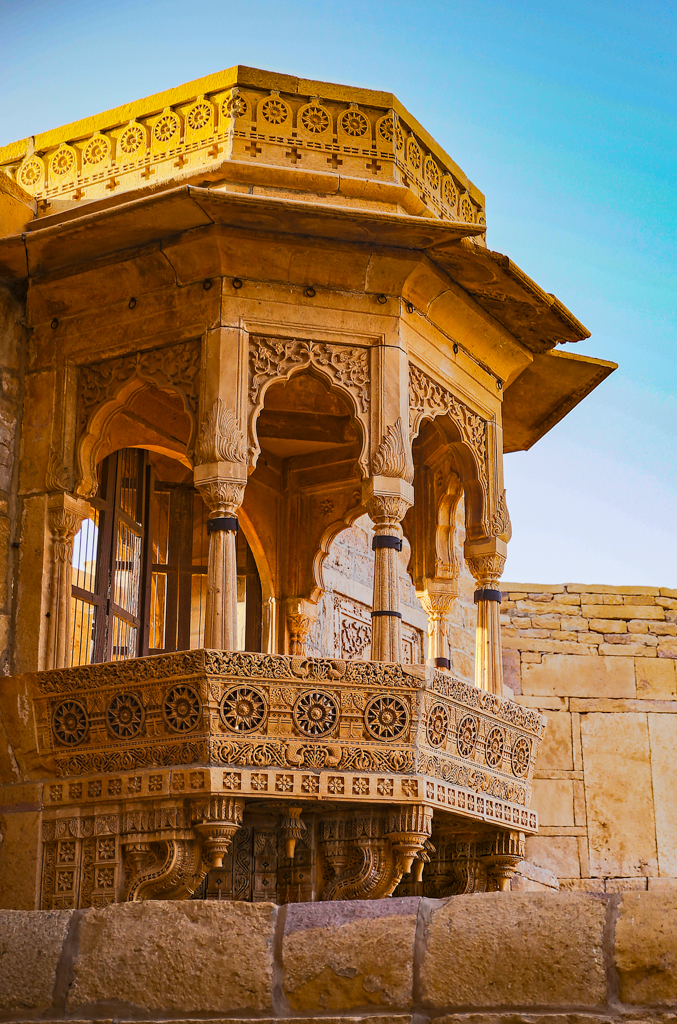
Discover Jaisalmer: The golden city of sand & dust.
About Jaisalmer:
Situated in the heart of the Thar desert in Rajasthan, Jaisalmer city built on the foundation of yellow sandstone, justifies its tag as the ‘Golden City’ of India. It is crowned by the ancient Jaisalmer Fort. This fort contains a royal palace and several ornate Jain temples. Many of the houses and temples of both the fort, and of the town below, are built of finely sculptured sandstone.
The yellow stone monuments glittering in the sunlight is indeed a sight to behold. Jaisalmer offers many places to visit, ranging from yellow forts to golden palaces and even deserted towns. The unique beauty of the place represented in the contrasting hues of gold against vivid shades of blue and green makes Jaisalmer an unforgettable experience. The town of Jaisalmer showcases interesting architecture, intricately carved sculptures and strategically built forts..
Life in Jaisalmer pulses to the sound of music and sways in a profusion of colours, where men with proud moustaches and elegant turbans, cheerful women in vivid ethnic attire and children, live life to the hilt. Nights here end in dancing, singing and festivities.
There are several shops inside and around the fort where one can shop for local handicraft items like Rajasthani dress garments, embroidered bags, bed sheets, quilts and wooden items. The handicrafts are known for the rich embroidery, mirror work, and bright colors. You can also shop for silver jewelry items like anklets, chains, and bangles. There are several shops around the fort where one can look for leather items too.
Reflecting the old glory of Jaisalmer is also a ‘battle gun’, which can be spotted at the top of the fort. Counted among the many significant possessions of the Jaisalmer Fort, this gun was used by the Maharajas to defend themselves during wars. From the spot where the gun has been strategically placed, you can see the whole city.
The Gadisar Lake:
To the South of the Jaisalmer city is a spot of tranquility called the Gadsisar lake. The beautiful rainwater lake is surrounded by numerous temples and pavillions, and offers magnificent views of Jaisalmer Fort. It was built by Maharawal Gadsi Singh in the 14th century, and used to be the major source of drinking water for the city of Jaisalmer. One can enjoy a calm and soothing boat ride on this lake. Gadsisar Lake is home to multiple variants of catfishes as well.
The attractive 14th-century Tilon-ki-Pol gateway that straddles the road down to the tank is said to have been built by a famous courtesan. When she offered to pay to have it constructed, the maharawal refused permission on the grounds that he would have to pass under it to go down to the tank, which would be beneath his dignity. While he was away, she built the gate anyway, adding a Krishna temple on top so the king could not tear it down.
Bada Bagh :
6 km north of Jaisalmer on the way to Ramgarh is Bada Bagh, which means big garden. It’s nothing like a garden but is the final resting place of the royal kings and queens. The typical tomb shaped Cenotaphs are called “Chattris”. The first one was built for Jaisingh II by his son Lunkaran and the tradition caught on. The first row has a few cenotaphs. There are many more cenotaphs, which are accessible by climbing the hills.
Havelis of Jaisalmer :
Patwon Ki Haveli was constructed by a wealthy Jain merchant family known as the Patwa brothers in the 19th century. The Patwas were prominent traders who dealt with gold, silver, and precious stones. The haveli complex consists of five separate mansions, each belonging to one of the Patwa brothers. Due to its unique and distinct sections, it is also known as the “Mansion of the Brocade Merchants.”
Kuldhara, an abandoned village, is about 18 km southwest of Jaisalmer city. in the Jaisalmer district of Rajasthan, India, holds a mysterious allure. Established around the 13th century, Kuldhara was once a prosperous village inhabited by Paliwal Brahmins. Local legend claims that the minister Salim Singh’s atrocities drove the residents away.
Sunrise and Sunset over dunes of Jaisalmer :
Immerse yourselves in the captivating beauty of sunrise and sunset over the dunes of Jaisalmer, where the desert landscape comes alive with enchanting colors. As dawn breaks, the vast expanse of sand dunes in Jaisalmer awakens. The first rays of sunlight kiss the undulating dunes, casting long shadows and creating a serene ambiance.
The tranquil desert landscape transforms from cool blues to warm oranges and golds. The shifting colors paint the dunes, revealing intricate patterns etched by the wind.
As evening approaches, the sun descends toward the horizon. The dunes become a canvas for nature’s artistry. The sky ignites with fiery hues—deep reds, burnt oranges, and purples. The sands mirror these colors, creating a seamless transition between earth and sky.
Silhouettes of camels and desert flora stand against the backdrop of the setting sun. The air cools, and the desert whispers its secrets.
After spending 3 grand days in Jaisalmer it was time to go to our next destination Jodhpur. My wife and daughters did extensive shopping of hand crafted silver Rajasthani jewellery which is unique to this place. However the sunrise over the that desert was one of the most memorable sunrises that we have ever witnessed.
Cheers,




